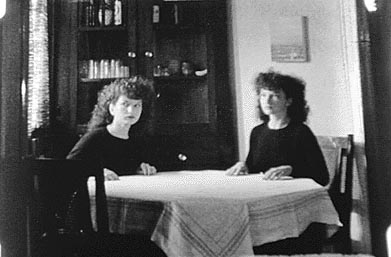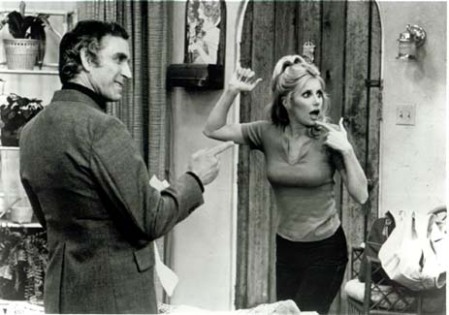
I love LibraryThing. I know not every library-type does, but I had a ton of fun entering in all the books from my library, uploading cover shots, and making a little blog widget of my books that pops up every time I refresh my blog. I even use the list of ten random books from my library to decide what to read next!
I got on the LibraryThing bus over a year ago, and since then a lot of things have changed. There are way more users, way more books, which makes for better automatic recommendations (better than Amazon for sure), and some interesting reviews. There is a well developed forum section (that I don’t use that much, but I’m glad it’s there), and a seriously intense tag library. I like that the developers are open to suggestions, responsive, and creative. New features are added at least monthly, and often more than that.
And if all that wasn’t enough, LibraryThing has just rolled out its first actual implementation of LibraryThing for Libraries at the Danbury Library in Danbury, CT. Read the article for all the details, and be impressed with how easy (and free!) the implementation of Web 2.0 funstuffs alongside regular old OPAC technology can be. Obviously there are still some bugs, and this is the first rollout, so not everything is going to be perfect, but I’m already excited about the implications for combining traditional and tag-based cataloging, as well as the recommendations that lead you to recommended books that your local library has on the shelves.
Don’t we all need more library things in our lives?



 Posted by kristy
Posted by kristy 
